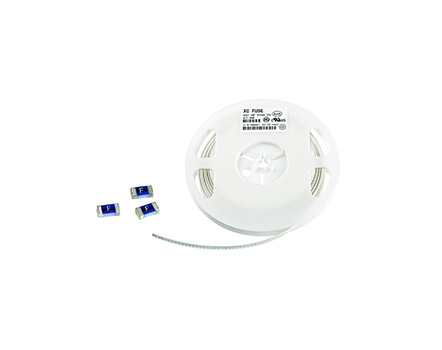
(1) Precautions for using fuses: ① The protective characteristics of the fuse should be compatible with the overload characteristics of the protected object. Considering the possible short-circuit current, a fuse with corresponding breaking capacity should be selected.
② The rated voltage of the fuse should adapt to the line voltage level, and the rated current of the fuse should be greater than or equal to the rated current of the melt.
③ The rated current of each level of fuse melt in the circuit should be matched accordingly, and the rated current of the previous level of melt must be greater than the rated current of the next level of melt.
④ The melt of the fuse should be matched according to the requirements, and it is not allowed to arbitrarily increase the melt or use other conductors to replace the melt.
⑵ Fuse inspection:
① Check whether the rated values of the fuse and melt match the protected equipment.
② Check the appearance of the fuse for damage or deformation, and check the porcelain insulation for flashing discharge marks.
③ Check if each contact point of the fuse is intact, tightly connected, and there is no overheating phenomenon.
④ Whether the fuse signal indicator is normal.
Read recommendations: